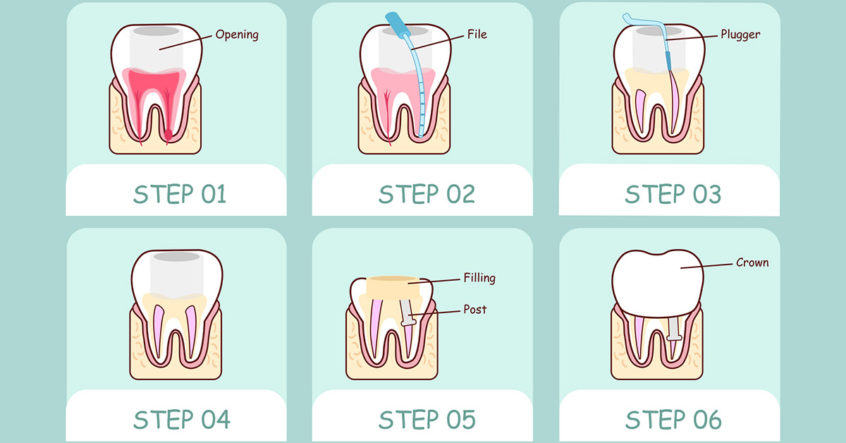Researchers from the University of London revealed that nearly 4 billion people suffer from toothache-inducing dental conditions. It’s no surprise then that dentists perform almost 15 million root canals each year. When suffering from tooth decay, pain, and infections, a root canal may seem like the only solution; however, a root canal is not necessarily a one-size-fits-all solution. Consult with your dentist and explore these four reasons you might not need a root canal.
You have a gum abscess
When pain and swelling occur in your mouth, it prompts an immediate trip to the dentist. However, discovering the cause of the swelling can dictate what type of treatment is needed. Swelling due to a nerve abscess can be treated with a root canal; however, if your swollen gums are caused by a gum abscess, then you do not need a root canal. Treat gum infections with:
- Antibiotics
- Flushing out the gums
- Warm salt water rinses
If the infection responds well to these measures, then a root canal is not needed.
Lack of symptoms
A root canal is performed to preserve a tooth; it does not restore a tooth to perfect condition. As such, root canals are performed when either a severely deep cavity or an infection cause the tooth, in a sense, to die. Symptoms that indicate the need for root canal therapy:
- Extreme pain
- Tooth sensitivity, particularly to heat
- Discolored Tooth: darkened teeth indicate nerve damage
- Swollen, tender gums
If all of these symptoms are not present, it is likely that the cause of your pain warrants another course of action other than a root canal. For instance, tender gums could be due to a gum disease rather than an infected tooth.
Your tooth is fractured
During a root canal, the pulp and nerve of the tooth are removed before the tooth is sealed. While this process preserves the tooth and relieves pain, the process does render the tooth itself more fragile. If your tooth is fractured, it will not be strong enough to stand up to the process of being prepped for a root canal. Fractures are visible on x-rays, but sometimes the smallest fractures do not appear in the x-rays. A close exam of the tooth should help reveal any small fractures. In this situation, a root canal is not ideal. An alternative solution is an extraction followed by an implant or bridge.
The canal is already calcified
Because the body continually tries to heal itself, sometimes a patient does not need a root canal simply because the body already attempted to do its root canal. When nerve damage occurs, the body tries to preserve the tooth by hardening the root and pulp. This process, called calcification, makes it impossible for a dentist to remove all of the affected matter thoroughly. Like the case of the fractured tooth, it is best to seek alternative solutions.
When tooth pain and swelling occur, consult your dentist immediately to rule out the various causes of pain and swelling. While not every toothache requires a root canal, only your dentist can make that diagnosis.

